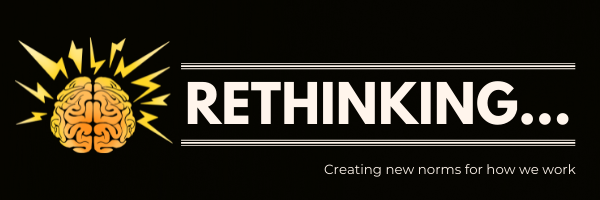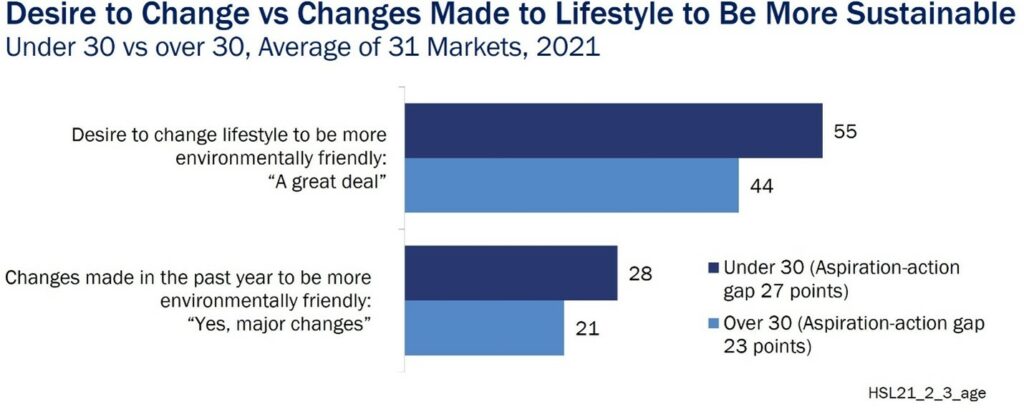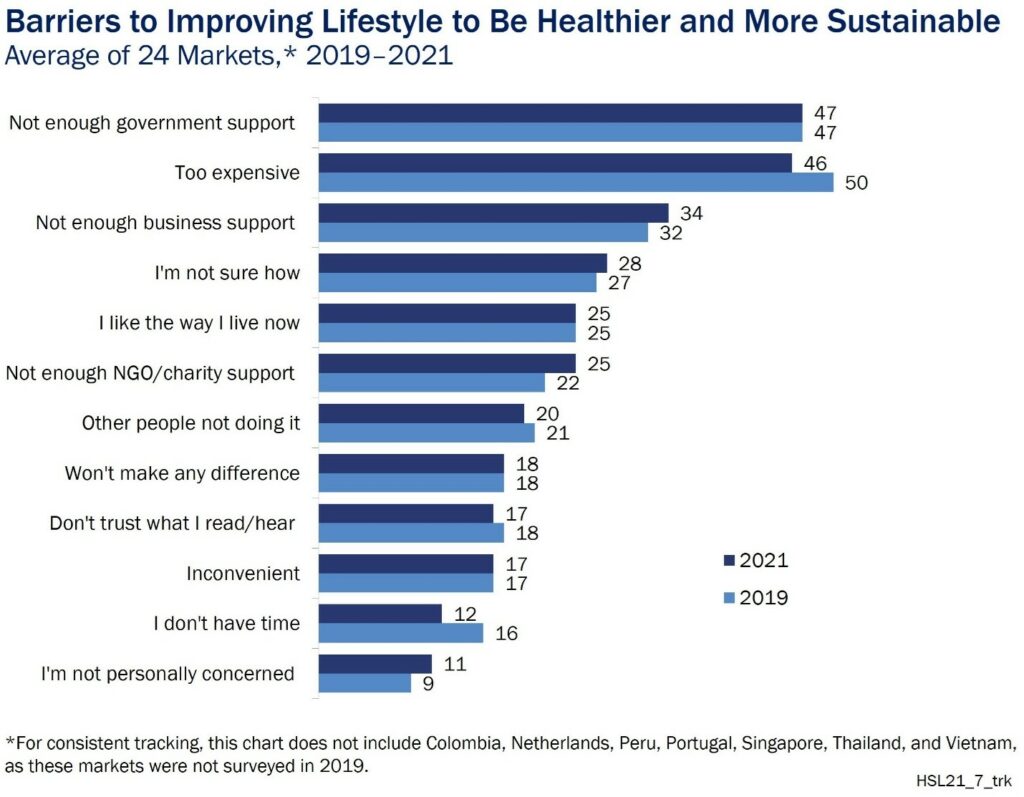
Rethinking…our starting point
Rethinking…creating new norms for how we work.
The “Rethinking…” series will explore some of the standard or traditional ways we do our work and why it’s worth rethinking these norms. They are intended to provide healthy food for thought and inspiration for making small steps towards change in how we work.
If you missed the first posts in the series, then catch up here: Rethinking…Sacrifice || Rethinking…Job Requirements

Rethinking…Our starting point
This is something I have personally started rethinking lately, and it could have implications for how I do my own work.
So, I’m going out on a limb by sharing this before I’m 100% sold on my thoughts. But this feels like an important one to consider.
What if instead of starting our behavior change projects with, “we need people to do X behavior,” we instead phrase the goal as “we want to help people do X behavior?”
For example, instead of the behavior change goal being:
- We need apartment residents to recycle.
- We need families to eat more plant-based meals.
- We need local hunters to adopt sustainable hunting practices.
It would be written as:
- We want to help apartment dwellers to recycle.
- We want to help families eat more plant-based meals.
- We want to help local hunters adopt sustainable hunting practices.
It may be a subtle shift in language, but I believe it could have a big impact on how we do our work.
A shift from telling to helping
This rethinking surfaced for me just a few months ago while I was thinking about the differences between public health and conservation behavior change programs.
While behavior change methods can be very similar between the two fields, there are nuances in barriers and motivations.
During this particular brain drift, I thought about the ways public health initiatives seem to describe their mission and how much of it centers around helping people.
Helping people quit smoking.
Helping people be more active and eat healthier.
Helping people practice safe sex.
Helping people take their daily medications.
Helping people wash their hands.
I’m assuming they could have also started with “we need…” statements, like “we need people to quit smoking.”
In fact, all of the above could fall under a big umbrella statement of “we need people to live longer.”
Yet in these public health examples, just needing or wanting people to do those behaviors would be incomplete. It would ignore the barriers and challenges related to adopting the behaviors.
It would assume the audience has all the tools, skills, and instructions needed to do the behavior and they just need to be told what to do.
The important inclusion of “helping” in the goal statement acknowledges that the behavior isn’t easy to do and the audience may not be able to do it all on their own.
This same change in language could change our behavior change strategies for conservation.
It could help us consider all the real-world challenges our audiences face when adopting planet-friendly behaviors.
It could help further inspire us to develop solutions that make the change easier, more supported, and more fun to do.
It could even help us re-categorize our audience as the makers of change, not as the problem to solve.
A shift from convincing to guiding
Changing the language we use to describe the behavior goal can also reposition our relationship with the audience’s journey of change and shift our messaging tone.
A focus on helping the audience achieve the change puts us in a different seat.
It pushes us to get more actively involved in guiding and supporting the audience throughout the journey; making ourselves responsible for providing tools, resources, and motivational boosts along the way.
A focus on helping the audience shifts our messaging from a finger-wagging, top-down, authoritative, ‘you need to’ tone to a people-centered, customer service, friendly, ‘let us help you’ tone.
It could be a shift that draws more people in because they feel like we’re on their side.
Maybe this shift helps us rethink our stance of “they don’t want to” and “they don’t care” and replace it with the belief that most people* are well-intentioned but need help achieving these goals.
Which is real.
More and more data shows us that:
People are concerned about natural resources, biodiversity, and climate change;
They want to take action; and know they are not doing as much as they would like to; and
They need support.
All the charts above are from the 2021 Healthy and Sustainable Living report from Globescan. Get the full report here.
*I star “most people” as there will always be members of our audience to are slow to adopt or will not adopt the desired behavior, per the Diffusion of Innovation theory.
As I mentioned before, I need to rethink this too.
My workshops and courses all start with the prompt of “we need people to do X instead of Y”. Which is a positive shift away from “we need people to STOP doing X, Y, or Z”.
Yet maybe there is an opportunity to push our work further by focusing more on helping our audiences.
Putting us in the mindset of being an enabler of change rather than an enforcer of change.
To think of ourselves as guides, not guards.
Prompts to get you rethinking
How does adding the phrase “help our audience” shift your behavior change strategy?
As a thought experiment, rewrite your current behavior change goal to start with “we need to help our audience do X.” Explore the thoughts and questions that immediately surface for you. Use the statement to develop new ideas for how the journey of change looks to your audience.
Where does the audience need support and help in achieving the change?
Put your organization in a different seat with a “guide” mindset. Consider where can you offer the audience more support, guidance, instruction, and resources to help them achieve the change. Find opportunities to give them a motivational boost along the way.
How does believing that your audience wants to change shift your messaging tone?
As a second thought experiment, assume your audience is already willing to make a lifestyle change. You don’t have to convince them of anything. How would this change the way you write your messages and calls-to-action? How does that change in tone feel to you as the messenger?





